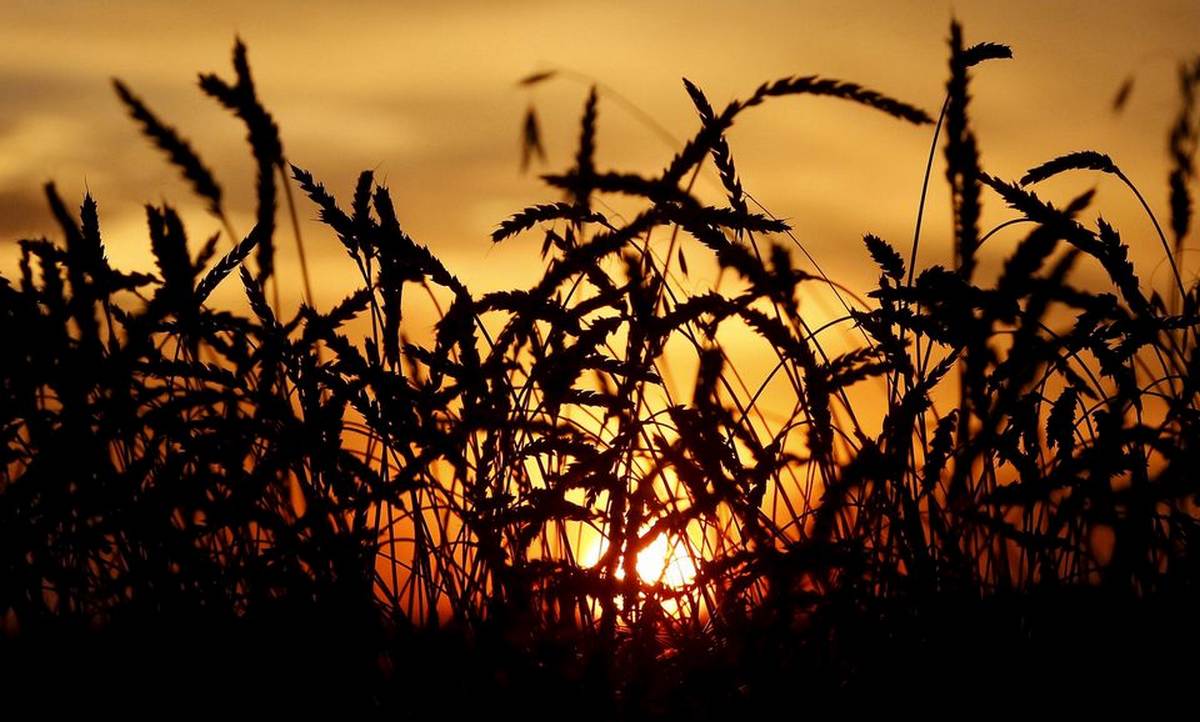World food prices rose for the second month in a row in September and reached a 10-year peak, driven by rising prices for grain and vegetable oils, the UN food agency said on Thursday.
The Rome-based Food and Agriculture Organization (FAO) also predicts record world grain production in 2021, but said it would be more than projected consumption.
According to the agency, the FAO food price index, which tracks world prices for the world’s most popular food products, averaged 130 points last month, the highest since September 2011.
The figure is compared with 128.5 in August. The figure for August previously was 127.4.
Year on year, prices rose by 32.8% in September.
Prices for agricultural products rose sharply last year, driven by crop failures and demand from China.
FAO’s grain price index rose two percent in September from a month earlier. This was caused by an almost four percent increase in wheat prices, with the UN agency citing a reduction in export supplies amid high demand.
“Among the main cereals in the coming weeks will be the focus of wheat, as it is necessary to test demand against the background of rapidly rising prices,” – said in a statement a senior FAO economist Abdolrez Abbasyan.
World vegetable oil prices rose 1.7% month-on-month, showing year-on-year growth of about 60% as palm oil prices rose due to high import demand and fears of labor shortages in Malaysia, FAO said.
Palm oil futures continued to rise in early October, reaching record highs as the growth of crude oil markets provided additional support for vegetable oils used in biodiesel.
According to the FAO, world sugar prices rose by 0.5% in September due to fears of unfavorable weather conditions for the harvest in Brazil, which is partly offset by a slowdown in import demand and favorable production prospects in India and Thailand.
In terms of grain production, FAO forecasts a record world harvest of 2.8 billion tons in 2021, slightly more than the 2.78 billion forecast a month ago.
This will be lower than global grain use of 2.81 billion tonnes, a forecast revised by 2.7 million tonnes from a month earlier, mainly to reflect the increase in wheat use in animal feed, the FAO said in a statement. demand and supply of grain.
World grain stocks are expected to decline in 2021/22, but will remain at a comfortable level, FAO added.

